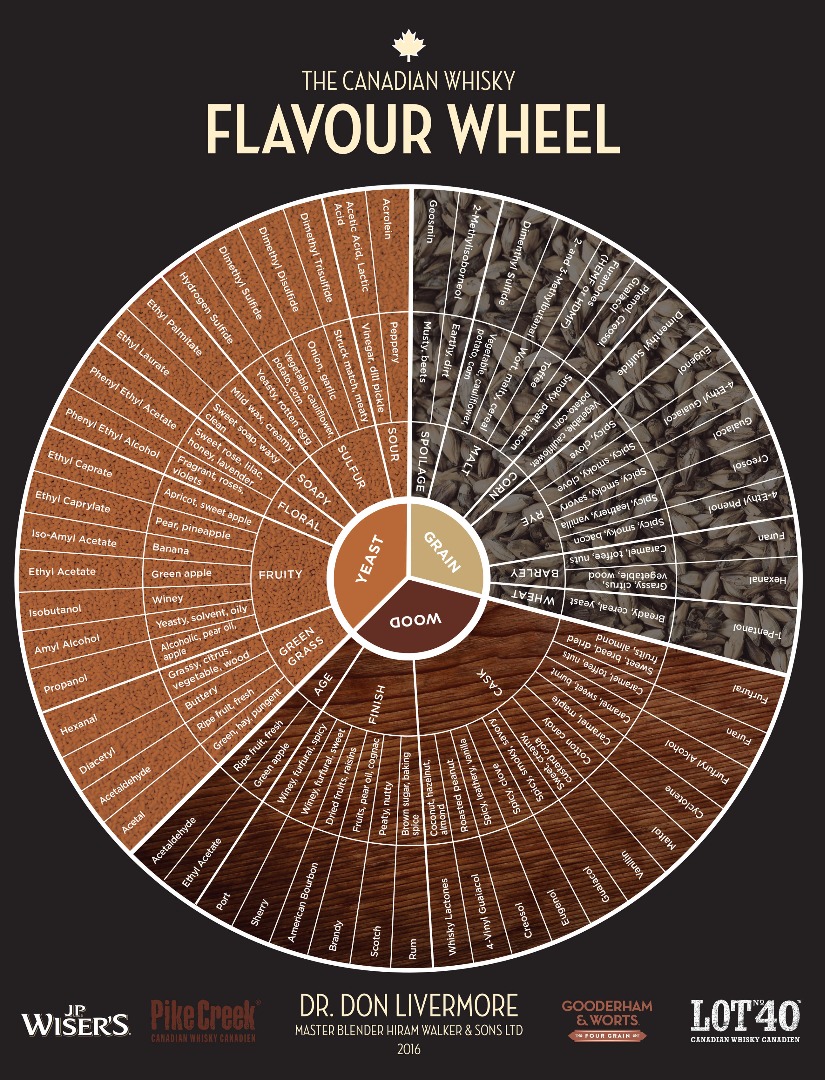If you are new to whiskey, navigating the world of this advanced and diverse spirit can be a rewarding journey. Here's a information to help novices get began with whiskey:
Types of Whiskey:
Bourbon: A kind of American whiskey, bourbon must be produced from no much less than 51% corn and aged in new charred oak barrels. It tends to be candy, with flavors of vanilla and caramel.
Scotch: Scotch whisky comes from Scotland and could be broadly categorized into Single Malt (made from 100% malted barley in a single distillery) and Blended Scotch (a mixture of single malts and grain whiskies).
Rye Whiskey: Rye whiskey could be either American or Canadian. American rye must be produced from at least 51% rye, while Canadian rye could be created from a wide range of grains.
Irish Whiskey: Typically triple-distilled for smoothness, Irish whiskey may be created from a mix of malted and unmalted barley and different grains.
Tennessee Whiskey: Similar to bourbon however undergoes an extra charcoal filtering course of known as the Lincoln County Process. Jack Daniel's is a famous instance.
Tasting Tips:
Glassware: Use a tulip-shaped glass to pay attention aromas. The narrower top traps scents, enhancing the tasting experience.
Color: Observe the whiskey's color. It can present clues about its age and cask type. However, shade is not always indicative of high quality.
Click here : Swirl the whiskey gently in the glass and take within the aromas. Note any scents similar to fruit, spice, caramel, or smokiness.
Sip and Savor: Take a small sip and let it coat your palate. Pay consideration to the flavors, the mouthfeel, and any lingering aftertastes.
Whiskey for Beginners:
Bourbon: Try manufacturers like Buffalo Trace, Maker's Mark, or Evan Williams. These provide a good introduction to the candy and approachable nature of bourbon.
Scotch: Start with a light Single Malt like Glenfiddich or Glenlivet. These are sometimes fruitier and fewer peaty than some other Scotch whiskies.
Rye Whiskey: For American rye, Bulleit and Rittenhouse are good options. For Canadian rye, Crown Royal or Lot No. 40 are in style choices.
Irish Whiskey: Jameson is a broadly obtainable and approachable selection. Redbreast is a step up in quality and complexity.
Tennessee Whiskey: Jack Daniel's is a classic Tennessee whiskey. If you need something a bit extra distinctive, attempt George Dickel.
Additional Tips:
Start Neat: Begin by tasting whiskey neat (without mixers) to experience its true flavors.
Water and Ice: Experiment with including a couple of drops of water or ice to see how it affects the whiskey's style and aroma.

Take Your Time: Sip slowly and allow your palate to acclimate to the flavors. Whiskey tasting is a sensory expertise that benefits from endurance.
Explore and Experiment: Try totally different types, manufacturers, and expressions to discover your preferences. Attend tastings or be a part of whiskey golf equipment to study more.
Remember that everyone's palate is different, and there is no proper or mistaken method to get pleasure from whiskey. The secret is to discover, experiment, and savor the expertise. Cheers!
